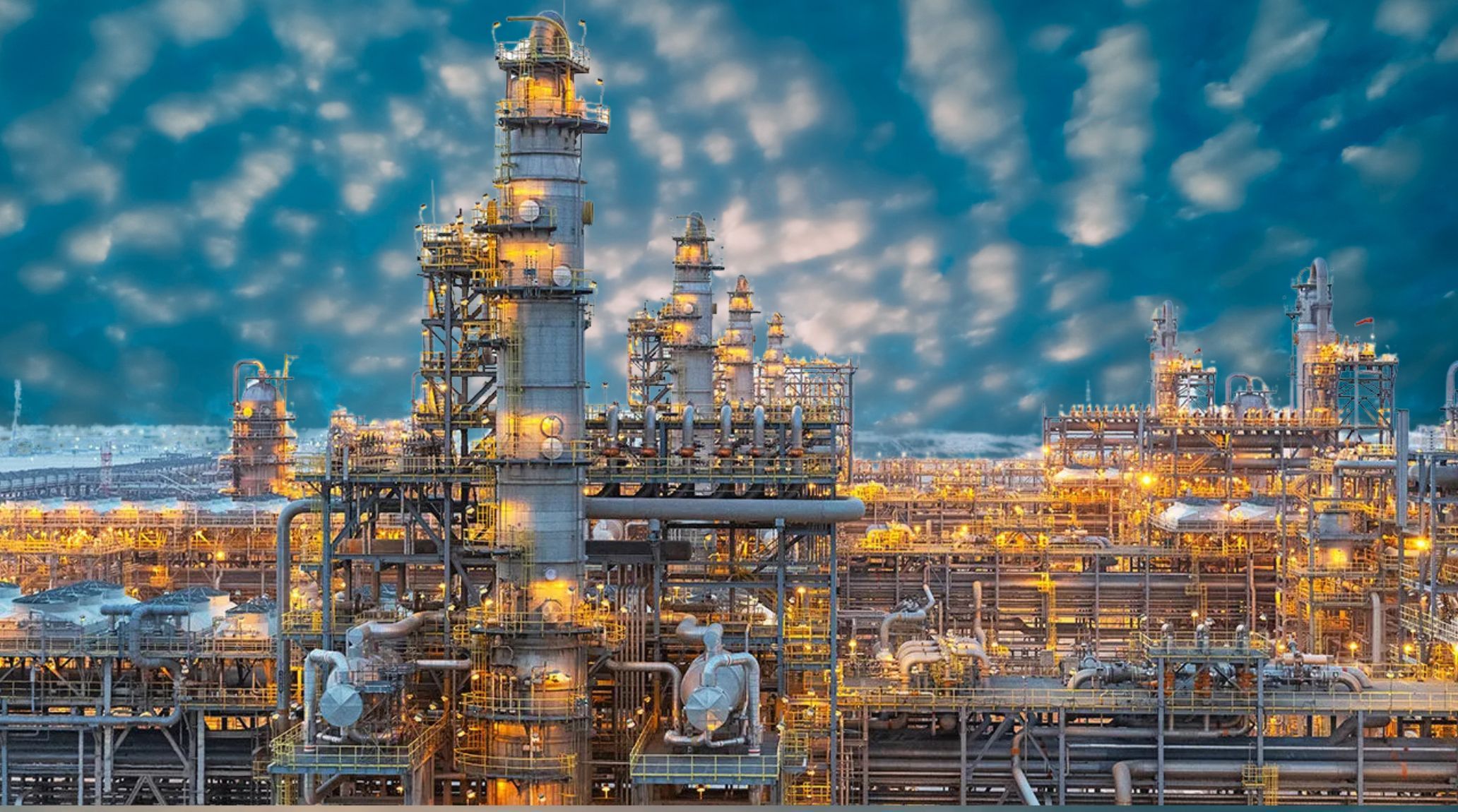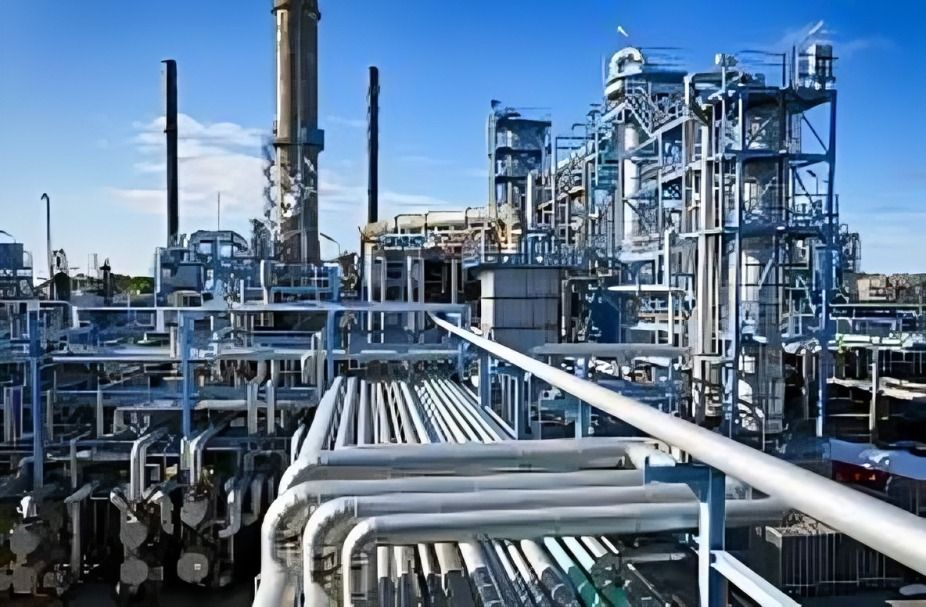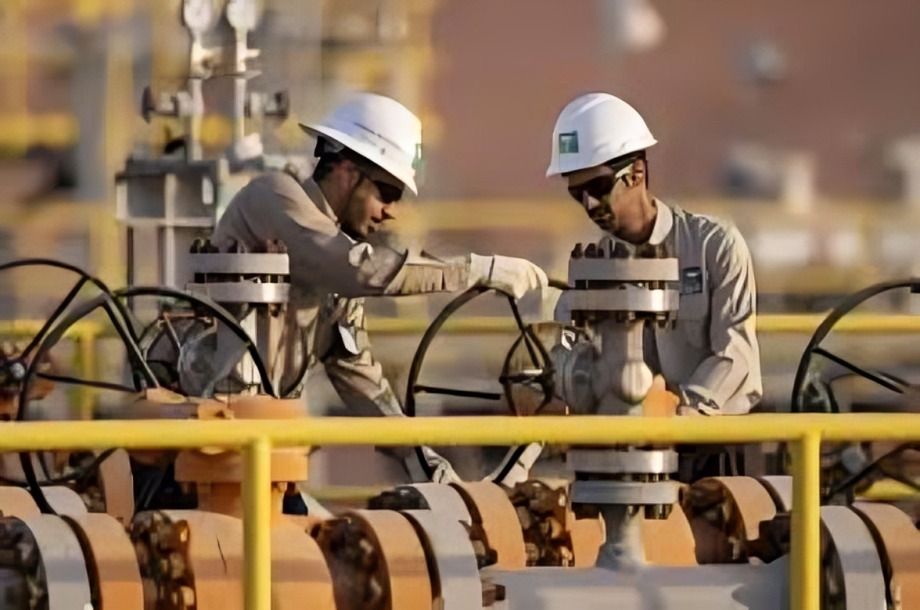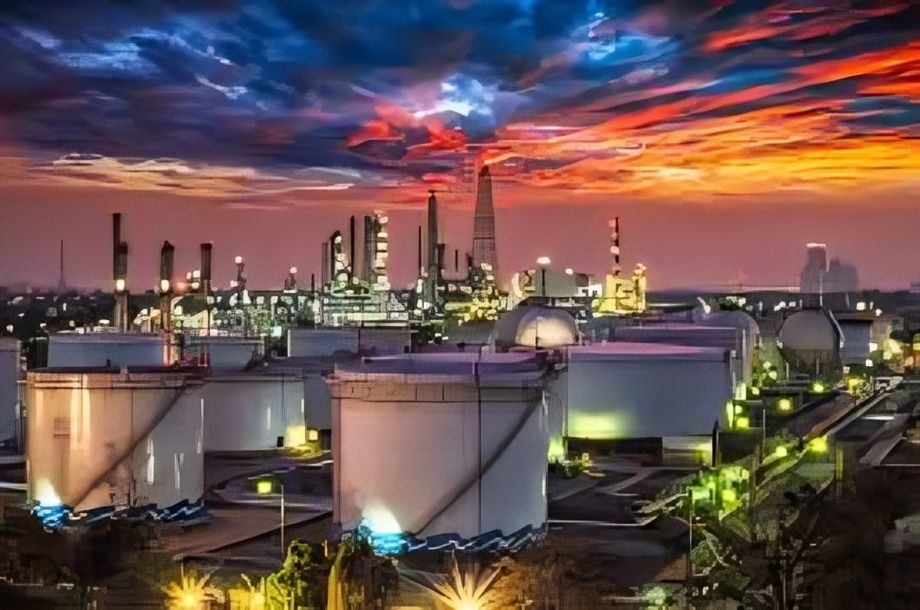
“
Saudi Aramco's global impact extends far beyond oil production. As a leading energy giant, it influences global markets, economic stability, and sustainability efforts. The company’s strategic investments in technology and sustainable energy ensure its pivotal role in shaping the world’s energy future.1
1
”
Saudi Arabia, the world's largest oil producer, accounts for 13.24% of global daily oil consumption. It holds the second-largest proven oil reserves globally, following Venezuela. 1
Founded in 1933 as a partnership between Saudi Arabia and Standard Oil, Saudi Aramco became fully state-owned in 1980, marking a pivotal moment in national resource control. 2
Saudi Aramco began trading on Tadawul on December 11, 2019. Shares rose 10% to 35.2 riyals, achieving a market cap of $1.88 trillion, becoming the world’s largest publicly listed company. 3
The Ghawar field, Aramco’s crown jewel, is the world’s largest onshore oil field, producing over 5 million barrels per day, highlighting its critical role in global oil supply. 4

Aramco's Abqaiq facility, the largest crude oil stabilization plant globally, processes over 7 million barrels of oil daily, removing sulfur impurities from sour crude, representing about 7% of global oil production.
Led by His Royal Highness Mohammad Bin Salman, Vision 2030 is a transformative plan. Aramco Digital plays a vital role, fostering innovation and sustainability to advance Saudi Arabia’s global prominence and economic diversification. 5
The Ras Tanura refinery, refining over 550,000 barrels per day, represents Aramco’s massive downstream capabilities and global refining leadership. 6
Saudi Aramco’s innovation centers research carbon capture, hydrogen fuel, and enhanced oil recovery, reflecting its commitment to sustainable energy solutions and reducing carbon footprints. 7
The Khurais field, a major asset, produces around 1.5 million barrels per day, showcasing Aramco’s expansive production capabilities and advanced technology integration. 8

Saudi Aramco’s employment strategy prioritizes local workforce development, employing over 70,000 individuals while enhancing technical expertise through investment in education and training programs.
The Far East is the largest market for Saudi exports, receiving 62.3% of crude oil, 46.4% of refined products, and 25.5% of natural gas liquids, highlighting its global energy importance. 9
Saudi Aramco exports over half of its crude oil, refined products, and NGL to the Far East. The U.S. receives 16% of crude oil, under 5% of refined products, and 3% of NGL. 10
"Aramco" originated from "Arabian American Oil Company," replacing "California Arabian Standard Oil Company" after Texaco's involvement. The omission of the "O" in "Oil" made the name easier to pronounce. 11
Saudi Aramco's reserves have grown to 260 billion barrels, the largest globally. This is due to discovering more oil than produced annually and technological advances in reservoir characterization and drilling techniques. 12

Aramco adopts a Circular Economy approach to waste, classifying it into three types. Prioritizing environmental impact, waste management follows a hierarchy: prevention, reuse, recycling, recovery, and finally, disposal.
Advanced seismic technologies drive Aramco’s exploration efficiency, maximizing hydrocarbon recovery and minimizing environmental impact through precision operations. 13
In September 2019, Saudi Aramco's oil facilities, including its largest in Abqaiq, were attacked, disrupting production. However, output was restored within weeks, and the company proceeded with its IPO in November. 14
As of 2024, Saudi Aramco, headquartered in Dhahran, is the fourth-largest company globally by revenue, with the second-largest proven crude oil reserves (270 billion barrels) and the highest daily oil production. 15
Amin H. Nasser is the President & CEO of Aramco, the leading global energy and chemicals enterprise and largest crude oil provider. He also serves as a member of the company's Board of Directors. 16
Saudi Aramco’s massive infrastructure investments underpin global oil transportation networks, ensuring steady supply flows and market stability amidst geopolitical challenges. 17


